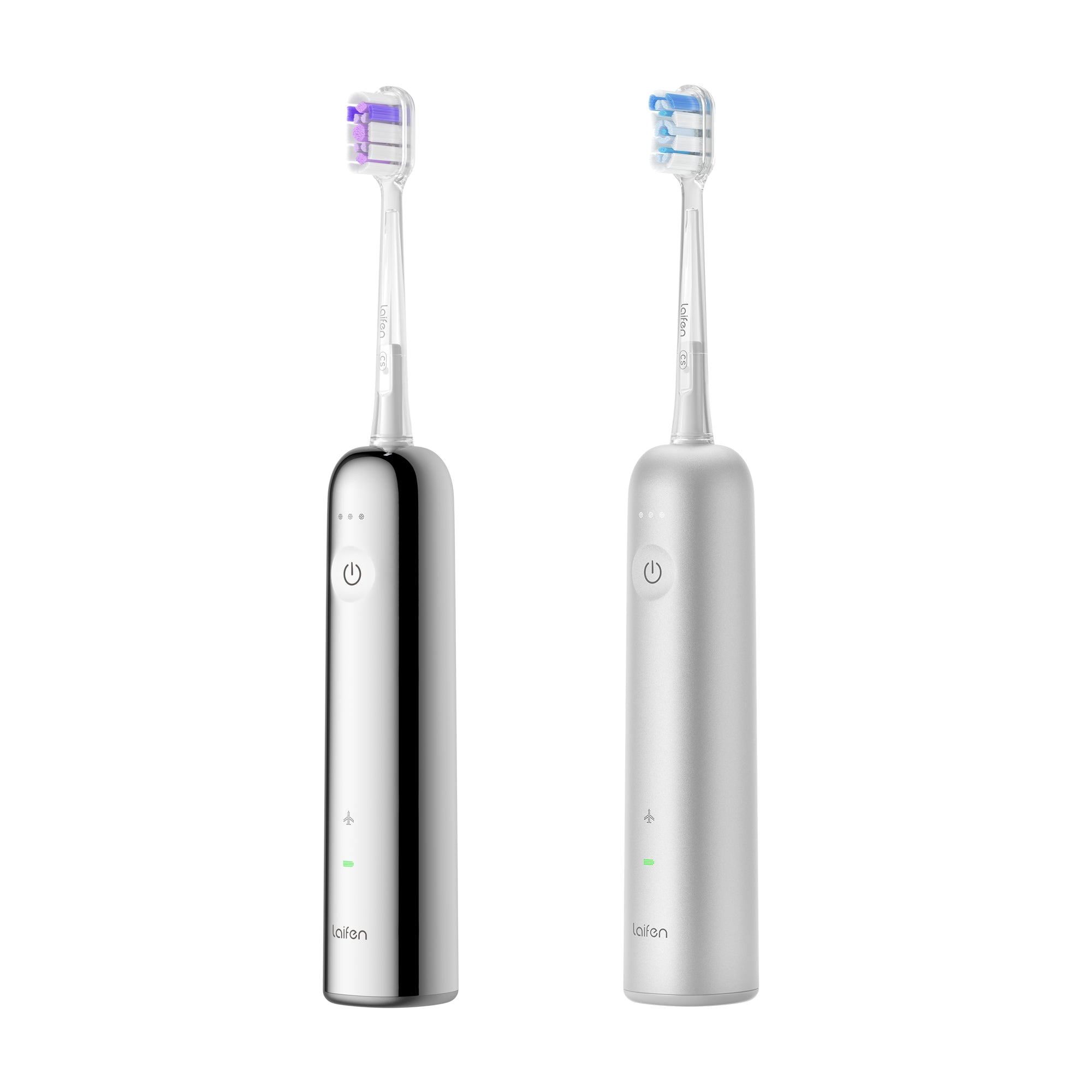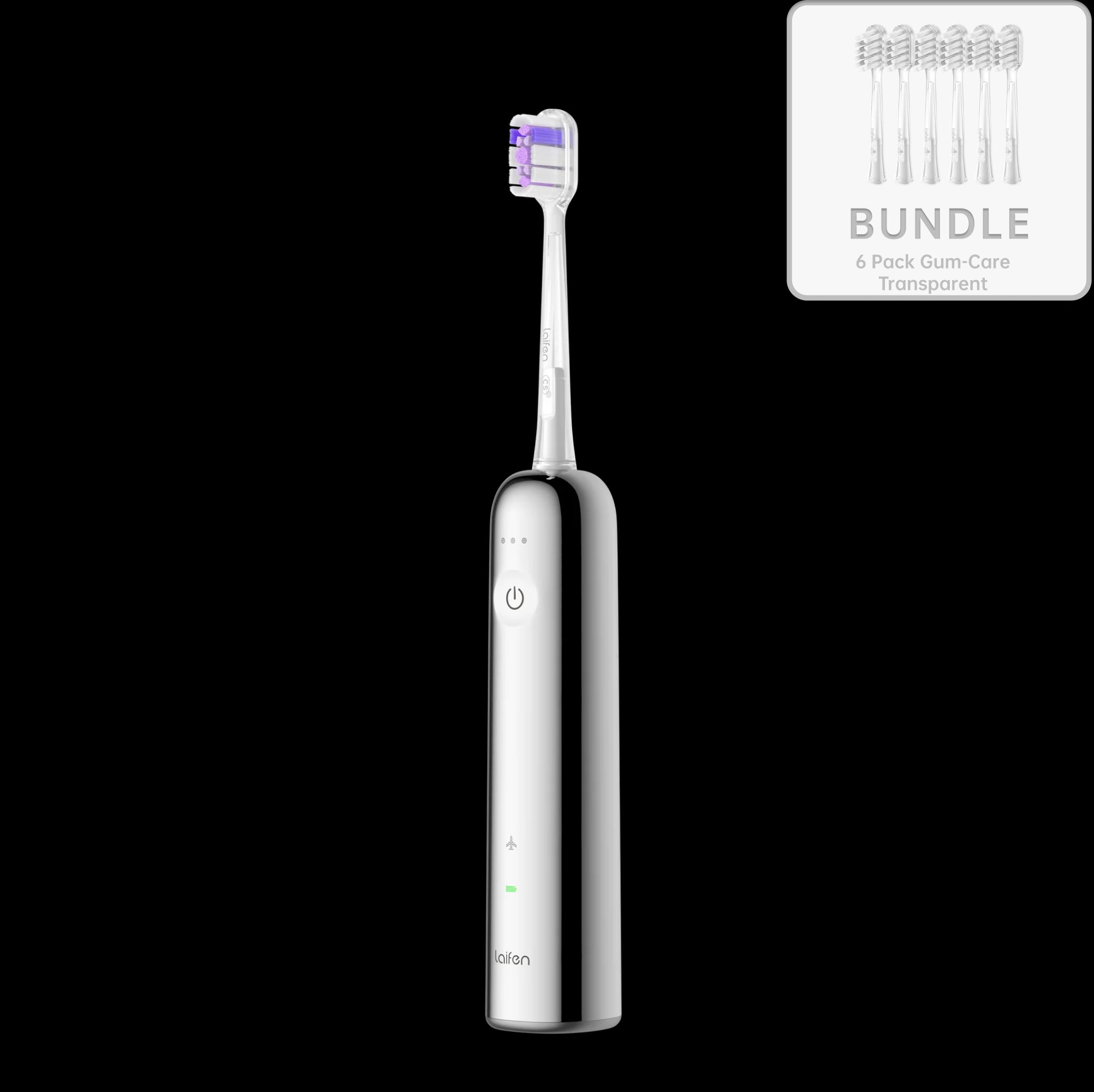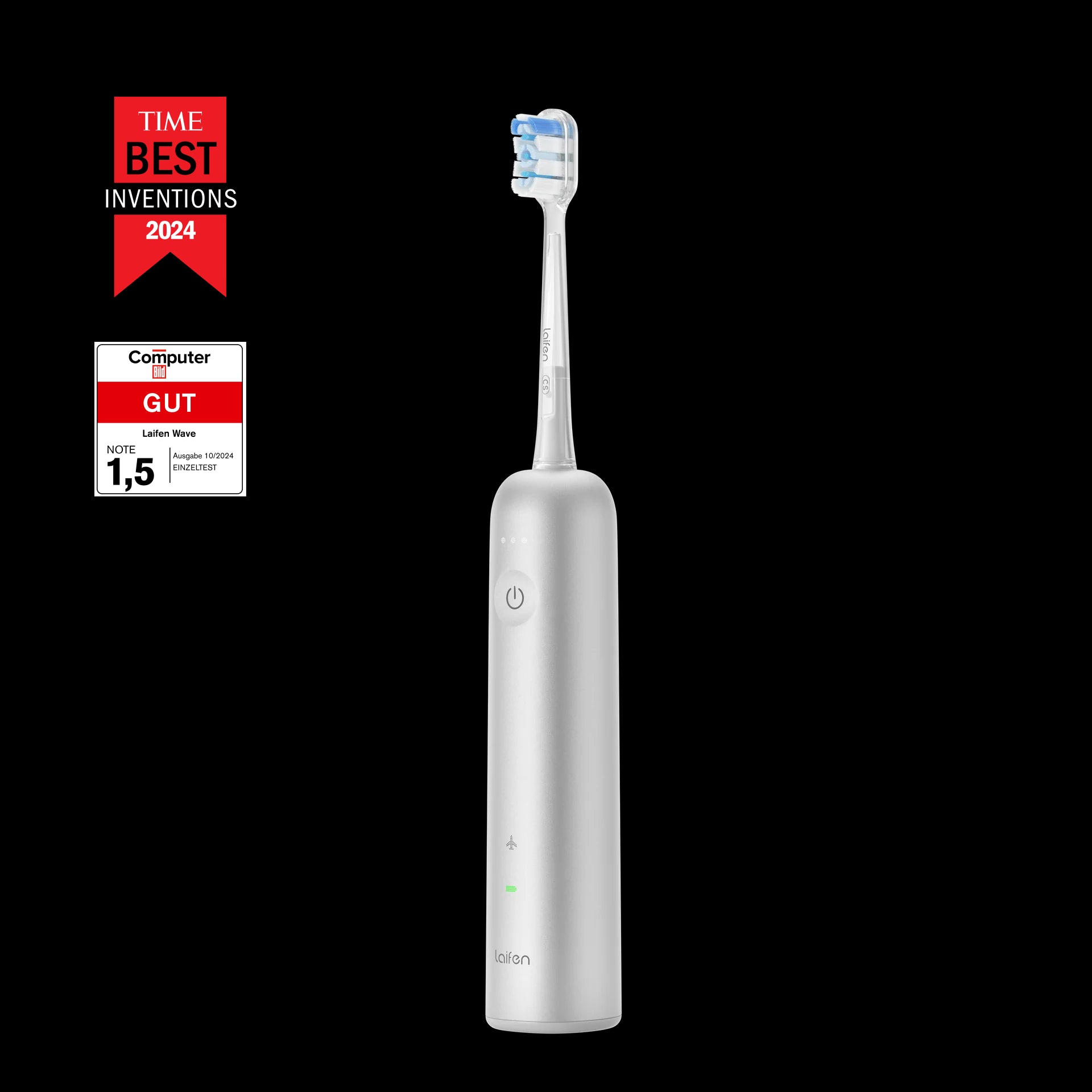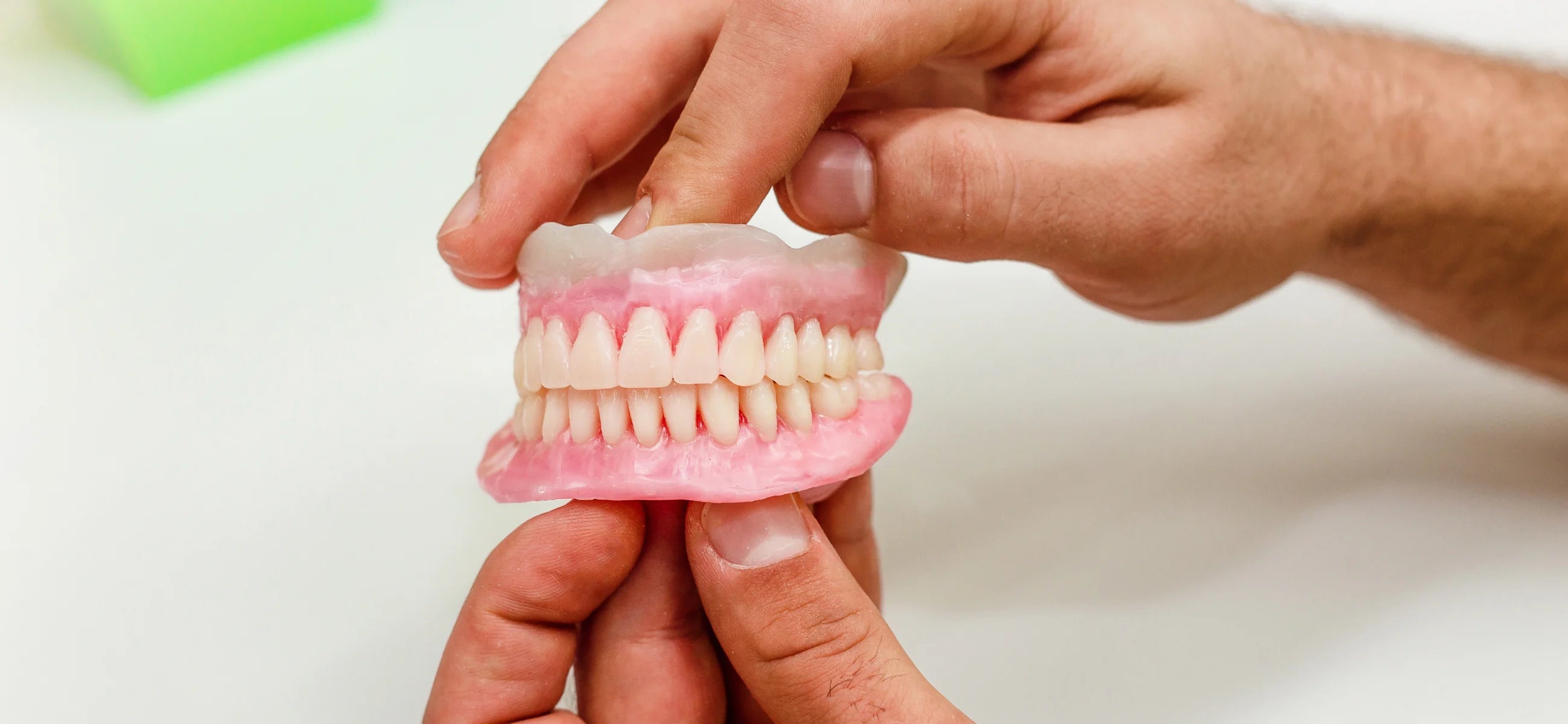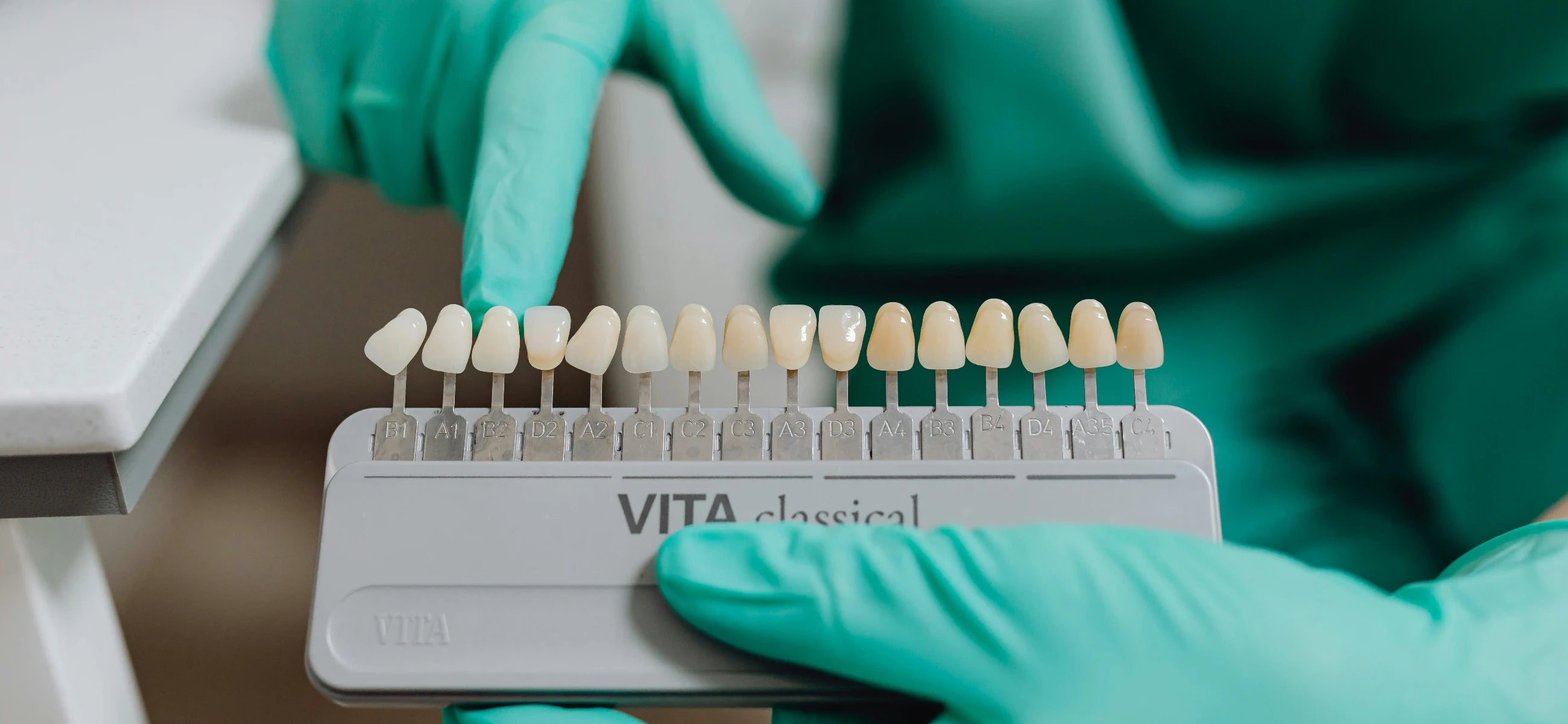
In this article
Bacteria in the mouth can lead to tooth decay if you eat too much sugary food or if you don't look after your teeth properly. Decay leads to cavities, which burrow through the different layers of your teeth in five stages, eventually affecting the pulp and roots.
Therefore, discerning the five stages of tooth decay symptoms and knowing how to treat each stage is key to protecting your teeth. Join us as we take a deep dive into each of the stages of tooth decay and learn of the recommended treatments at every stage.
Stage 1: Demineralization
The first stage of tooth decay is known as demineralization. The outer surface of your teeth is the enamel, and during the process of demineralization, it begins to weaken due to the appearance of plaque.
The good news is that enamel is your body's toughest substance - even tougher than bones - but demineralization starts weakening your enamel in the initial stage of tooth decay.
At this stage, you can identify decay by noticing small white spots on your teeth. This is a sign that the enamel has started to weaken due to demineralization.
At this stage, improving your dental hygiene by flossing and using a fluoride mouthwash can reverse the process. You can also request a fluoride treatment from your dentist to remove plaque.
Suggested treatment: Floss daily and use a fluoride mouthwash. Visit your hygienist or dentist for fluoride treatment to stop the decay from progressing.
Stage 2: Enamel decay
After the beginning stages of tooth decay, it progresses to the actual decay of your enamel. As mentioned, your enamel is extremely sturdy and can withstand a barrage of bacterial attacks.
However, if you notice demineralization and do nothing about it, the situation will only worsen. Enamel decay is when the weakening enamel starts to show serious signs of weakening, and cavities are likely to form as a result. Know about how enamel erosion damage your teeth.
You can typically see cavities forming in your mouth, but you can also feel them. You may notice food debris getting stuck in your teeth and discomfort when eating some foods.
At stage two, you will need to fill the cavity with dental cement to prevent it form deepening and eating into your dentin, which is the next layer of your teeth.
Suggested treatment: Visit your dentist and request a dental filling.
Stage 3: Dentin decay
Once the early stages of tooth decay are over, the issue can spread to your dentin, which is the part of your teeth beneath the enamel's outer shell.
As your dentin is much softer and less resilient than enamel, it's much more susceptible to decay, and the acid attacks from mouth bacteria cause it to decay much more quickly.
When decay has reached stage three, you will notice significant sensitivity when drinking hot and cold beverages. You might also notice pain or discomfort when eating sugary foods.
If your dentist catches the stage three decay early enough, they can usually fix it with a filling. But if it progresses too far, they will need to clear out the infection and then add a filling and crown, which can be costly.
Suggested treatment: You will need to visit your dentist to report your tooth sensitivity. They will clean the site and proceed with a filling and crown if required.
Stage 4: Damaged pulp
The penultimate stage of dental decay is damage to the pulp, which is the layer beneath the dentin. The decay will apply pressure to your pulp and your tooth is likely to swell as a result. This will maifest as dull, consistent pain that's difficult to ignore.
If the pulp is damaged, you will also be able to smell the tooth, and there will be an unpleasant taste in your mouth. In other words, it will be very difficult to ignore.
Should the decay reach stage four, the only solution is root canal treatment. In this procedure, the dentist will remove the damaged pulp and thoroughly clean out the infection. Then they will fill the cavity and add a crown to the tooth.
Suggested treatment: Root canal treatment is required to treat damage to the pulp. It is usually carried out in two phases. Contact your dentist to begin the treatment as soon as possible.
Stage 5: Abscess
Though some people think there are only four stages of tooth decay, there is also a fifth. When bacteria penetrate the pulp, it can lead to a serious infection. Thereafter, an abscess can form at the bottom of your teeth.
An abscess will show as a pocket of pus and there will be severe swelling and redness around the tooth in question. You will likely feel severe pain in your tooth, gum, and even in your jawbone.
You need to act quickly to treat the abscess, as it can be extremely dangerous. Your dentist will give you antibiotics to treat the infection, and they will then seek to drain it. Then, they might be able to perform a root canal. If not, the tooth will need to be extracted and replaced with a dental implant.
Suggested treatment: Visit your dentist immediately. You will receive antibiotics, and the dentist will drain the abscess. Then, a root canal will be performed, or the tooth will be extracted if it cannot be saved.
Final words
Tooth decay is a serious problem as it gets worse and worse until you do something about it. You need to identify the symptoms and discern which stage of decay you are at.
Then, take the required steps as listed above to treat your decay. If you don't act, you may eventually need root canal treatment, and if the decay is beyond repair, the tooth will be removed.





